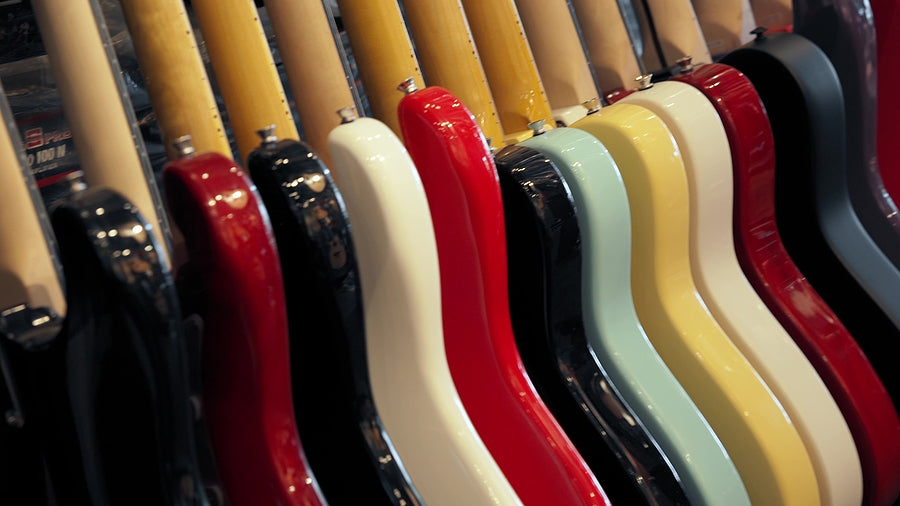
When The Biggest Guitar Company On Earth Went Bankrupt
Most accessories for guitar are adjustable, but they are commonly designed for two particular guitar designs, both of which are what immediately come to mind when someone mentions electric guitars.
One of these is the double-cutaway design, most famously used in the Fender Stratocaster and amongst the most influential designs in the history of stringed instruments, one that has been copied more than any other.
The other design, which is arguably even more famous outside of the music community is the legendary Gibson Les Paul, named after the legendary blues guitarist who designed its early prototype and is to music what “Converse” Chuck Taylor is to sports shoes.
With the Gibson Les Paul, as well as a lineup of designs that includes the SG, Explorer and Flying V, it is impossible to think of the music world from the 1950s onwards that did not include Gibson.
However, on at least two occasions, Gibson has come close to hitting the wall, which could have led to the most famous guitar company in the world ceasing to exist entirely.
The Flop Era Of The Les Paul
In 1969, Gibson’s parent company was bought out by brewing conglomerate ECL, and due to corporate mismanagement and an overwhelming desire to cut costs, the quality of Gibson guitars from 1970 until the mid-1980s drastically reduced.
By far the worst hit of these was the Les Paul itself, which whilst famously made from a single slab of mahogany, a mahogany neck and a rosewood fretboard, was changed to slices of mahogany stuck together with a maple neck.
This made the already quite famously heavy Les Paul even heavier, and whilst already upsetting to purists, this was combined with poor quality control and worse electronics, meaning that people associated the new models with a lower quality sound.
By 1986 the company had three months left before a consortium led by Henry Juszkiewicz, and the company turned completely around, going from annual sales of less than £10m to over £60m in 1993.
It seemed like these resurging good times would last forever.
Fail Authentic
In the 2010s, problems began again, and whilst the often-mocked Firebird X is somewhat unfairly blamed directly for Gibson’s financial problems throughout the decade, it serves as an appropriate metaphor for all of their woes.
The Firebird X along with the Les Paul Robot brought with it a lot of features that were innovative but not entirely popular, with the most infamous being the very loud robot tuner.
This also caused prices to hurtle upwards during a financial recession, with a slip in quality control relative to not only its competitors such as PRS and Fender but even its own economy brand Epiphone making people wonder exactly what they were paying for.
As well as that, despite its look towards new technology, Gibson failed to shift their image the way it had in the 1980s compared to a Fender that was beloved by the indie rock crowd at the time.
The Play Authentic campaign which was meant to highlight the brand’s importance to the guitar world was criticised as a tone-deaf attack on guitar makers building guitars with similar designs to the Les Paul
Eventually, Gibson filed for bankruptcy in 2018, streamlining, selling off their acquired companies and firing their CEO before making it out at the end of the year, streamlining and redesigning their line of guitars.


